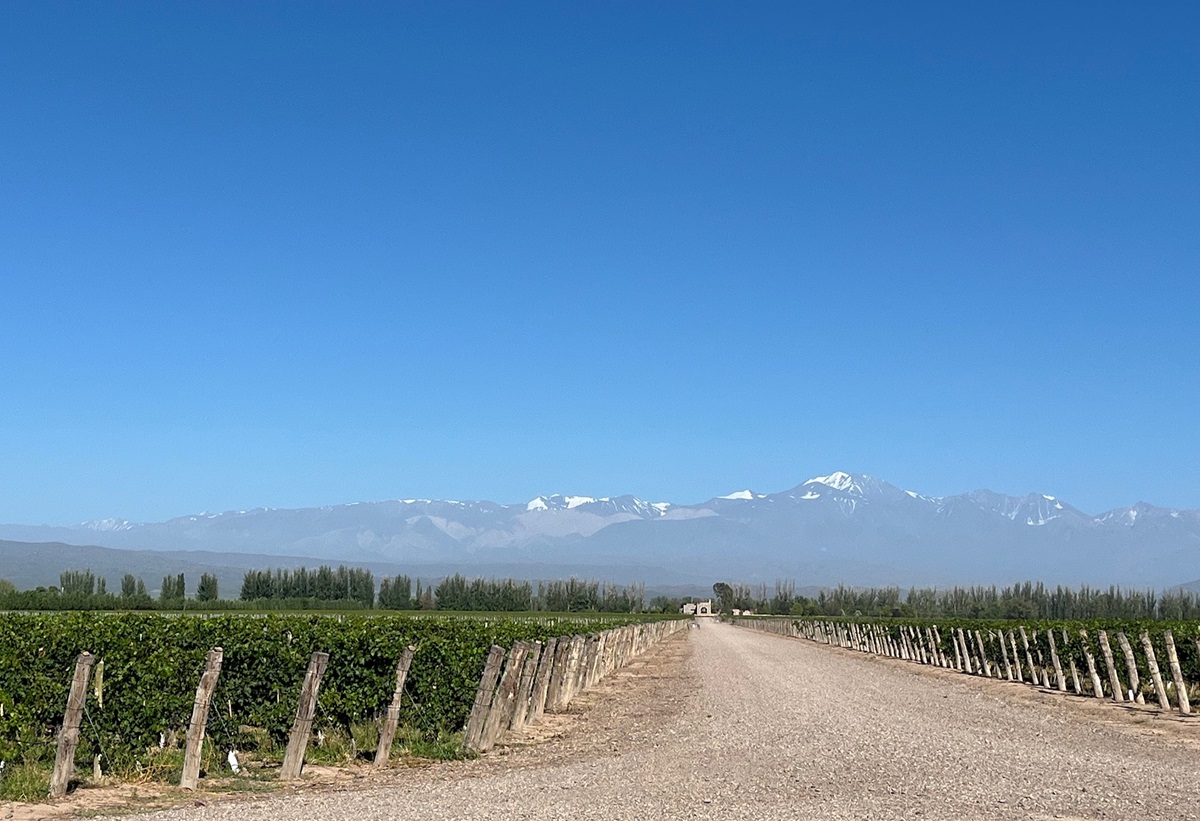CRIOLLA: SOUTH AMERICA’S FORGOTTEN GRAPE
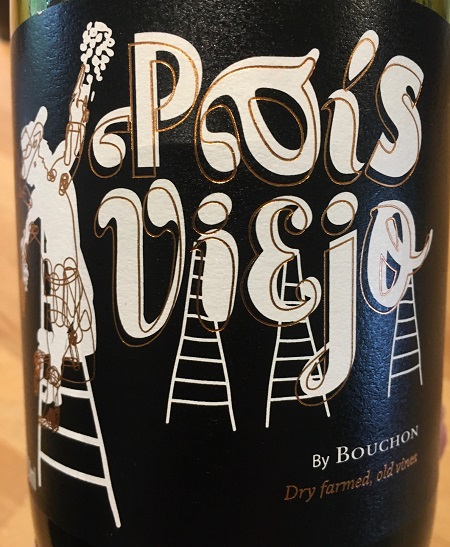
By Rose Murray Brown MW Published in The Scotsman 16 October 2021
“If I had to pick just one grape variety to represent South America, it would be Criolla – I consider it the mother grape of the Americas”.
This is according to the author of an impressive colourful new guide: The South America Wine Guide (£35 www.southamericawineguide.com) – the first book to cover the entire continent from Peru and Bolivia to Colombia and Ecuador – including the titans Chile and Argentina – in such detail.
Amanda Barnes is an English journalist who has lived and breathed South American wines ever since she moved to the continent back in 2009. Today she is the most knowledgeable expert on the Criollas, with a Criolla family tree in her new book.
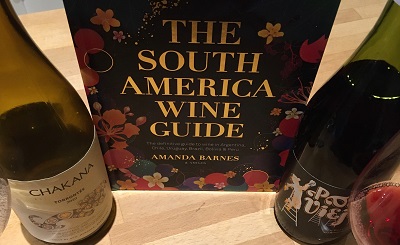 Barnes describes South America’s Criolla grapes as ‘utterly unique’ – highlighting that they are now enjoying a ‘thrilling renaissance’. Yet thousands of wine lovers worldwide, who drink copious quantities of South American wines, have never heard of Criolla.
Barnes describes South America’s Criolla grapes as ‘utterly unique’ – highlighting that they are now enjoying a ‘thrilling renaissance’. Yet thousands of wine lovers worldwide, who drink copious quantities of South American wines, have never heard of Criolla.
“Criolla is not native to South America…and it is not just one grape – but a family of grapes”, explains Barnes.
The original Criolla varieties were the Mission varieties, selected for high yielding and resilient nature, introduced first onto Hispaniola island on Christopher Columbus’s second voyage in 1493, later to Mexico, Peru and through South America.
These first Criolla vines were red Listan Prieto (called Pais in Chile, Criolla Chica in Argentina, Negra Criolla in Peru, Missionera in Bolivia) and white Muscatel de Alejandria.
These two grapes started the wine story in the Americas in C16 and made a home there spawning a whole family, with cross breeding creating Torrontes, Cereza, Criolla no 1, Quebranta and more.
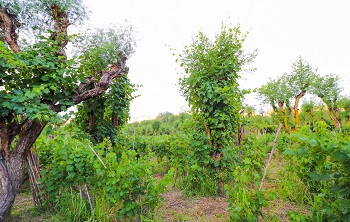 “For 400 years all the wines of South America were made from the Criolla family – prospering in harsh high altitude and the driest desert, down to the windswept wilderness of Patagonia”, says Barnes. Pictured are vineyards in Bolivia's Cinti valley (The South America Wine Guide).
“For 400 years all the wines of South America were made from the Criolla family – prospering in harsh high altitude and the driest desert, down to the windswept wilderness of Patagonia”, says Barnes. Pictured are vineyards in Bolivia's Cinti valley (The South America Wine Guide).
However, when Chile & Argentina wanted to compete with European rivals and introduced the international grapes Malbec, Cabernet Sauvignon, Merlot and Sauvignon Blanc – the changed the landscape forever.
The Criolla varieties were shunned and used for jug and bulk wines. Plantings swiftly declined and some are now in danger of disappearing. There are still tens of thousands of hectares in existence, but they are under the radar of most wine drinkers, mainly drunk by locals.
“They can be more rustic and less polished, but they offer a unique experience”, says Barnes. “Some of the vines are 200 years old…and every encounter with old Criolla vines is memorable”. She describes incredible gnarled vines she discovered on her travels.
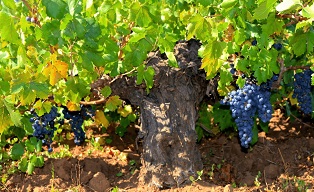 Now the Criolla revolution is gathering pace. New generations of winemakers are rediscovering this intricate web of grapes and reviving artisanal winemaking in Chile, Argentina, Peru and Bolivia, where 150 Criolla varieties have been identified. Vignerons are also taking advantage of the Criollas’ great resistance to drought and nematodes – some using Pais as rootstocks to protect popular grapes.
Now the Criolla revolution is gathering pace. New generations of winemakers are rediscovering this intricate web of grapes and reviving artisanal winemaking in Chile, Argentina, Peru and Bolivia, where 150 Criolla varieties have been identified. Vignerons are also taking advantage of the Criollas’ great resistance to drought and nematodes – some using Pais as rootstocks to protect popular grapes.
Today Chile has prolific plantings of Criolla grapes. The first was Pais (now with 10,236 hectares), which arrived from Canary Islands via Mexico. Now Muscat de Alejandria, Pedro Jimenez and Moscatel Rosado are extensively planted in Maule, Itata and Bio Bio regions. Barnes highlights Torres and Bouchon wineries who focus on Pais.
Across the Andes, the Criolla revolution is in its infancy – but over a third of Argentina’s vineyards are planted with Criollas (Mendoza alone has 54 different ones). Cereza and Torrontes (both Moscatel de Alejandria and Listan Prieto crosses) and Criolla Grande are the most prolific. Catena and Matias Michelini wineries are embracing these authentic gritty native grapes transforming them into vibrant modern wines.
“It is part of our responsibility to take an interest in these native varieties…by buying the wines we can support families, livelihoods and local culture – as well as enjoying an authentic experience”, says Barnes.
SPARKLING
Maule, Chile: ESTELADO TRADITIONAL METHOD PAIS ROSE NV Torres (12%)
£12.99 House of Townend; Roberts & Speight; www.thedrinkshop.com
Legendary winemaking pioneer Miguel Torres makes this remarkable fizz from Pais. Very attractive bright raspberry fruits, soft silky smooth palate – good value.
WHITE
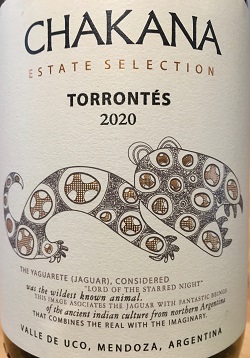 Mendoza, Argentina: ESTATE SELECTION TORRONTES 2020 Chakana (12.5%)
Mendoza, Argentina: ESTATE SELECTION TORRONTES 2020 Chakana (12.5%)
£15.50 www.vinum.co.uk
Initially citric fruits and zippy palate with a burst of amazing floral perfume as you expect from this grape. Very elegant, crisply dry and textural – intriguing barrel fermented wine from high quality Torrontes Riojano grape.
RED
Maule, Chile: PAIS VIEJO 2020 Bouchon (13.5%)
£12.35 www.justerinis.com; www.connollyswines.co.uk
Bouchon are one of the most forward-thinking wineries focusing on Pais, producing three Pais in different regions. Warm Maule region gives wonderful vibrancy, freshness, grainy tannins and rich ripe fruits.
Mendoza, Argentina: CRIOLLA GRANDE BUENAS VIDES LIMITED EDITION 2020 (13.5%)
£5.99 Aldi
Bright cherry fruits and soft succulent palate, what it lacks in depth it makes up for in delicacy with strawberry fruits and boiled sweet notes. Well done Aldi for listing the first UK supermarket Criolla.
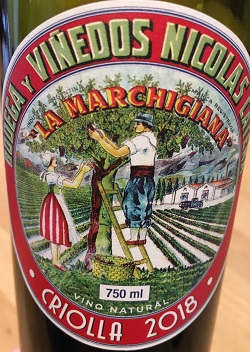 Mendoza, Argentina: LA MARCHIGIANA CRIOLLA CHICA 2018 Catena Zapata (13.5%)
Mendoza, Argentina: LA MARCHIGIANA CRIOLLA CHICA 2018 Catena Zapata (13.5%)
£23 Cavas de Gaucho
Honouring the natural and sulphite-free homemade-wine legacy, this is fermented and aged in C16 tinaja clay pots with long skin contact. Initially floral, deep plummy fruits, herby hints with soft supple well rounded palate finishing with vibrant freshness.
Join Rose’s regular Virtual & In-person Tastings www.rosemurraybrown.com
wine tastings
The perfect gift for the wine enthusiast in the family. Rose does In-person tastings too.
cellar advice
Rose does cellar valuations for private clients, valuations for insurers & bespoke portfolio management.
Related stories
March 31, 2024
By Rose Murray Brown MW Published in The Scotsman 30 March 2024 On 2 February 1659, the first wine made from grapes grown in South Africa was crafted by the Governor of the Cape, Jan van Riebeeck. He had planted vines four years earlier in the Company’s Garden near Cape Town from cuttings imported from France. Van Riebeeck’s first
March 24, 2024
By Rose Murray Brown MW Published in The Scotsman 16 March 2024 Heatwaves and bushfires were very much on the agenda when I visited Chile last month as winemakers prepared for their 2024 harvest in blistering heat and drought, with a plume of smoke from the devastating fires lingering over coastal hills. Heat and drought are the greatest challenges
March 23, 2024
By Rose Murray Brown MW Published in The Scotsman 9 March 2024 I have two glasses of Malbec in my hands from the same high-altitude vineyard in Uco valley in Argentina. I am in the Catena Institute of Wine in Mendoza with winemaker Agustin Silva. He has asked me to taste the two wines, both from the 1500m high



